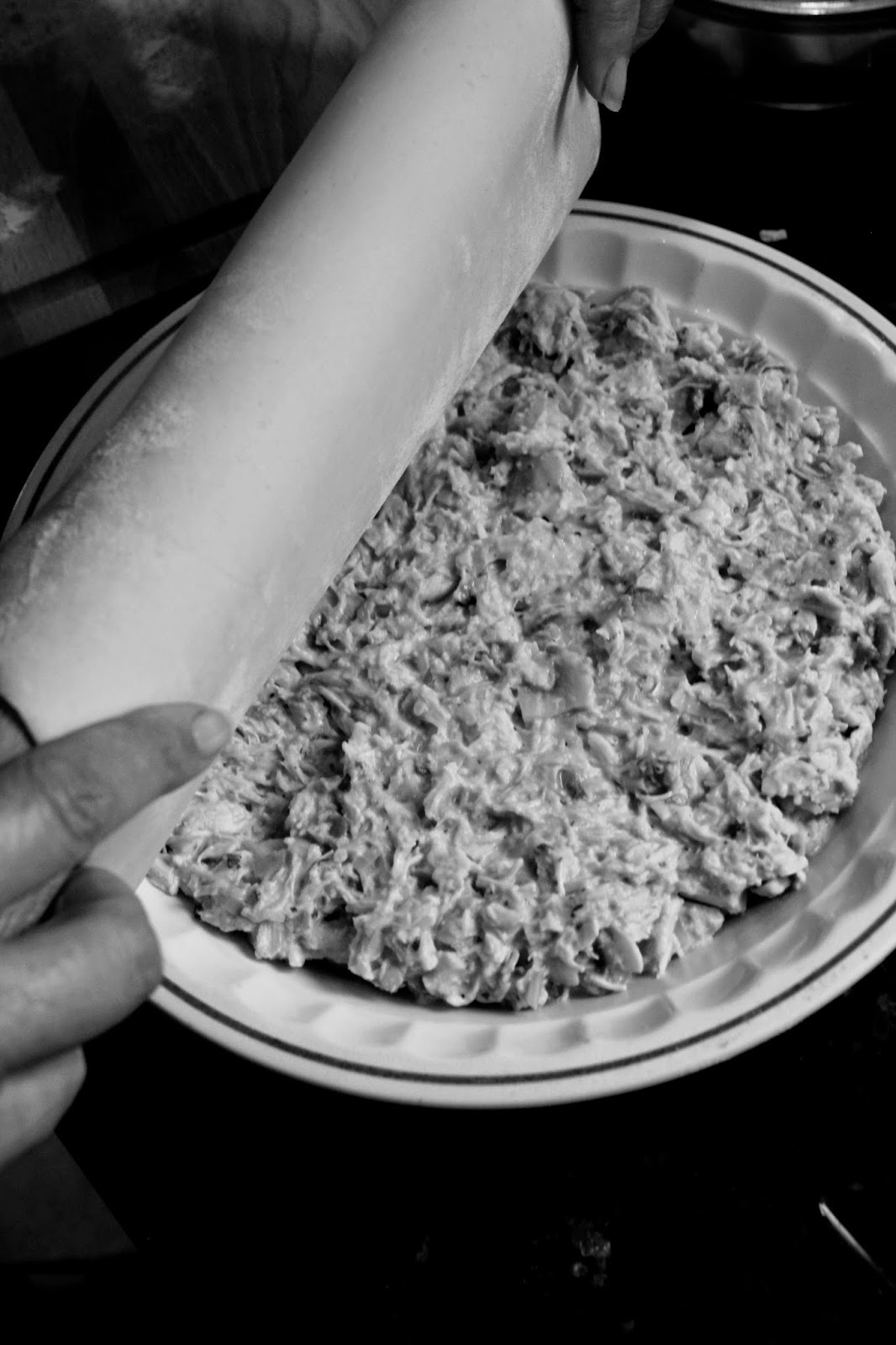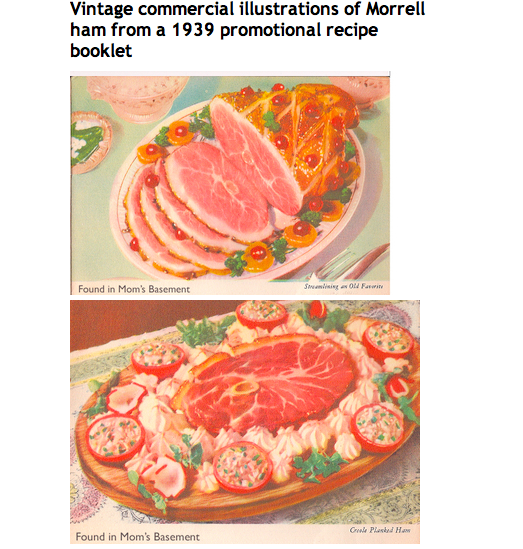Here are some examples of this photographers work. Babicka mainly focuses on the manipulation of light in her images.
Friday, 24 October 2014
Tuesday, 21 October 2014
Friday, 17 October 2014
Change of plan...
I have made a change of plan.
Thinking about what I want to do for my finished artefact, I decided that I would like to make an art book that contains images of food which has been taken in a contemporary way. This is instead of looking at food photography from different decades and responding to that.
Within the book there may be images of the preparation of food in grid form and then photos of the food as a finished product. It could be in the setting of meal time and/or a social gathering.
Artists that look at recipes from the 20th century (found in gourmet magazines) and re-create them, then photograph them.
Here is one of the gourmet magazines (from 1972) that is posted on their blog:
Noah Fecks is one of the photographers of the blog above. Here are some of his photographs of food:
I quite like how the top two images as they are both show people sitting down at a table eating a gourmet meal together, sharing the food which gives the sense of community. Also the type of food being photographed contrasts in colour and works well with the place mats and the whole setting of the image.
The bottom photo shows food close up, looking at the detail (such as the textures) of the food. This makes the food appetising to the viewer.
Sunday, 12 October 2014
Friday, 10 October 2014
Food Presented in the 1960s
These images above use quite bright colours, however not as bright as in previous decades. This could be due to the improvement in processing and printing of photographs, which is all due to the improvements in technology. These images above are very much in focus, using a large depth of field. Also the way these images above have been composed are effective as they make the selling product the main subject in the image and then showing what you could make with the selling product by showing examples.
During this decade coloured printing of photographs were used more often then black and white images as they were new and more accessible. One reason for this is that instant images had improved and polaroid cameras were invented where they print instant COLOURED images.
This blog above mentions that substitutions were used when photographing food, such as mash potato being used for ice cream, paper mache used for poultry. This was done because the actual food would start to melt of deteriorate when photographing it, making the food look less appetising, so they therefore made substitutions that would do this.
Food Presented in 1950s
Eat Me Daily - 1950s food
This photo above shows how people in the 1950s ate. However they didn't eat the healthiest of food during this decade, this is shown in this image above by the shine on the meat is the fat of the meat. The composition of the food makes it look like the dish is meant for the centre of the table and is the main component of the meal.
This image below shows all the components of the meal, with the main component in the middle. This photo provides information about the type of food that can assist the main component of the meal to make it more interesting and healthy (such as peas).
From Menus for Every Day of the Year, edited by Ruth Berolzheimer, 1952. Scan: Eat Me Daily
Both photography and illustrations of food (and occasions where food is used) are used in cookbooks from the 1950s. Also not only black and white photographs were taken but also coloured, however during this decade black and white photographs are still used more than coloured photographs, as coloured printing was still quite expensive. Even though the cost of coloured printing was expensive, the cost had got better making it more accessible to print in colour, meaning that more cookbooks could contain coloured images.
Food Presented in the 1940s
This image is an adverisement of cornflakes, which works well as the photo contains all the components that go with the selling product.
Artist: Nickolas Muray
Tuesday, 7 October 2014
1940 artist - Nickolas Muray
Hunt's tomato catsup, 1952
Chocolate pie, photograph for use in McCall's Magazine, 1944
Fruit salad, photograph for use in a Mazola advertisement, 1940s
Chicken, mashed potatoes, and peas, photograph for use in McCall's Magazine, 1944
I quite like these images above as they show the whole meal, all the components that make up the meal are shown within the photos. All the crockery and cutlery match and makes the meal look expensive.
The way the plates of food have been put together works well as you're able to see all the components of the meal and the colours all work well. The colours contrast with each other making the food look more interesting.
Sunday, 5 October 2014
Food Presented in 1930
Still illustrations seem to be used more then photography of food during this decade.
The first coloured photograph was produced in 1861, colour photography wasn't used in cookbooks until the 1930s. This is due to printing photographs being difficult and therefore expensive.
Saturday, 4 October 2014
Food Presented in 1920
During this decade it looks like cameras were beginning to be used for portraits and advertisement. However there are very few photographs of food. This could be due to during this period cameras were quite new and expensive, and as printing was expensive during this decade (and future decades) so they may not have been used as frequently as we do today, especially for taking photographs of food.
Subscribe to:
Comments (Atom)
























